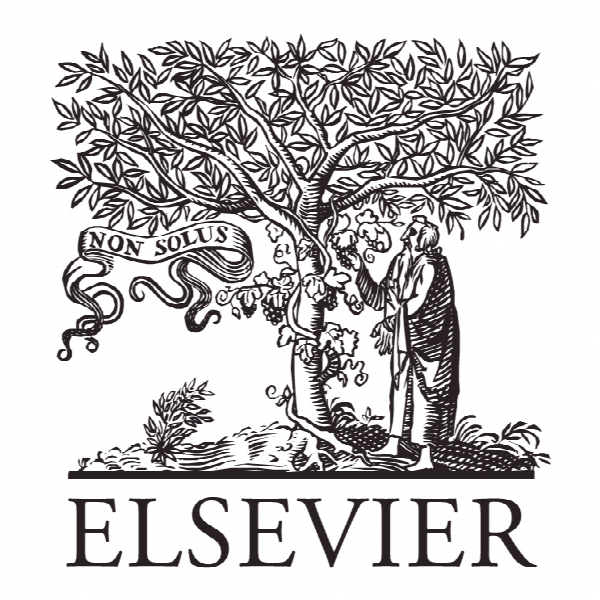شناسایی استراتژی های رقابتی برای هر مرحله از چرخه عمر پایانی اینترمدال Identifying competitive strategies for each phase of the intermodal terminal life cycle
- نوع فایل : کتاب
- زبان : انگلیسی
- ناشر : Elsevier
- چاپ و سال / کشور: 2017
توضیحات
رشته های مرتبط مدیریت
گرایش های مرتبط بازاریابی و مدیریت استراتژیک
مجله تحقیق در تجارت و مدیریت حمل و نقل – Research in Transportation Business & Management
دانشگاه Transport Research Institute, Edinburgh Napier University, United Kingdom
نشریه نشریه الزویر
گرایش های مرتبط بازاریابی و مدیریت استراتژیک
مجله تحقیق در تجارت و مدیریت حمل و نقل – Research in Transportation Business & Management
دانشگاه Transport Research Institute, Edinburgh Napier University, United Kingdom
نشریه نشریه الزویر
Description
1. Introduction Research on intermodal transport operations and policy goals of modal shift from road to rail are based on certain assumptions and contexts which change throughout the life cycle of the terminal. Moreover, the accuracy of these assumptions depends on the interdependent relations between key stakeholders in the intermodal sector, for example the business model of the terminal, the KPIs and fees agreed in the terminal concession, the relationship between terminal operator and rail operators using the terminal and operational issues of wagon and locomotive management. Monios and Bergqvist (2016a) applied the product life cycle (PLC) to intermodal terminals in order to establish a life cycle framework for situating analysis of intermodal terminal activities and strategies. This framework runs from the initial planning by the public sector, to the split in funding and ownership, selecting an operator, specifying KPIs, setting fees, ensuring fair access, and finally to reconcessioning the terminal, managing the handover and maintaining the terminal throughout its life cycle. This last point is especially important as industry conditions change and the terminal’s role in the transport network comes under threat. Incumbent private operators are frequently reluctant to invest in old terminals, while public sector planners seek to maintain the quality of their national network. All of the phases throughout the terminal life cycle must be understood in order to provide a valid context to analysis of intermodal transport which provides input into government modal shift policy which itself is used to drive decisions on planning policy at all levels (local, regional and national) of government. Each phase of the intermodal terminal life cycle (ITLC) has certain key stakeholders and activities associated with it. The focus of this paper is on deciding the appropriate competitive strategy for the intermodal terminal operator. The goal is to apply the marketing literature to the ITLC in order to identify the appropriate competitive strategy to be undertaken at each phase, based on fluctuating markets and competitor behaviour. A template for this approach was provided by Shaw (2012), who produced a framework linking the PLC with marketing strategies for each phase. Not only can applying the correct strategy at each phase be useful, but anticipating future strategies in advance can underpin the success of current strategies and ensure that the terminal is prepared for future challenges.


